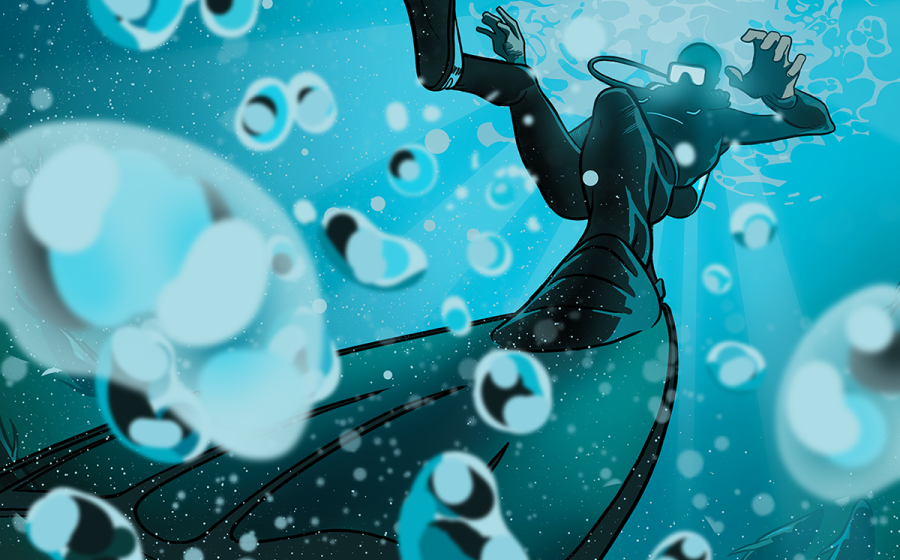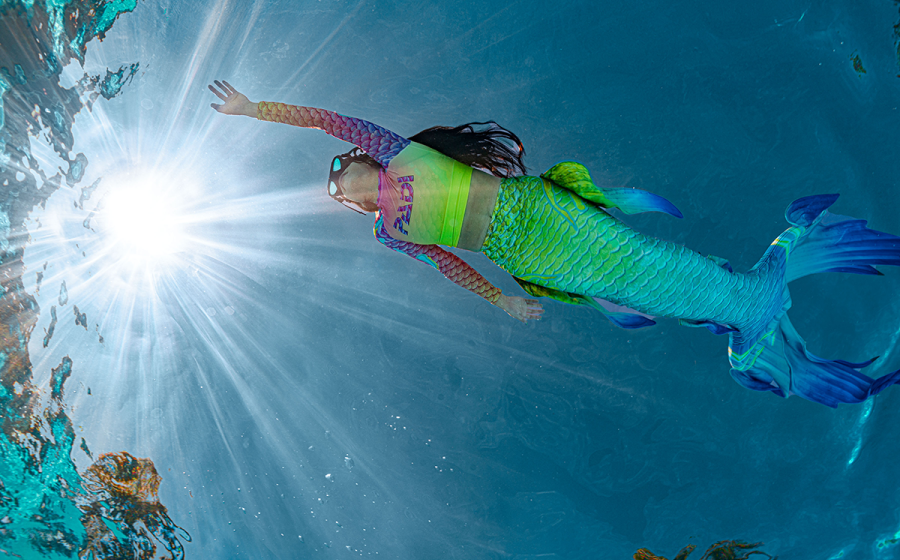Ever wondered if orthodontics could affect your diving? Well, good news—for the most part, diving with orthodontics requires little adaptation, and isn’t all that different from diving without them.
The more you dive using successful navigation, the more comfortable and confident you’ll become while seeking out new adventures.
Resuming diving after surgery should be assessed on a case-by-case basis and depends on complete recovery. Your surgical incisions need to be completely healed, and any complications, such as infections, must be resolved.
Freedivers need to follow safety protocols as much as divers. In this Lessons for Life account, Eric Douglas shares the story of a diver who suffers shallow-water blackout on a dive. Keep reading to find out how you can stay safe freediving.
The PADI Full Face Mask Diver course is the best way to learn how to use this piece of equipment.
Fun meets academic enrichment with these three marine-science-focused sessions at UNC Wilmington
Divers need to master their equipment and know how to adjust mid-dive to float weightlessly underwater.
Eighteen dives into a liveaboard trip, an equipment malfunction pushes a diver 90 feet to the surface in about 15 seconds—a rate of about 6 feet per second.
Become a real-life mermaid when you learn how to use a monofin, hold your breath underwater and more in PADI's mermaid education courses.









